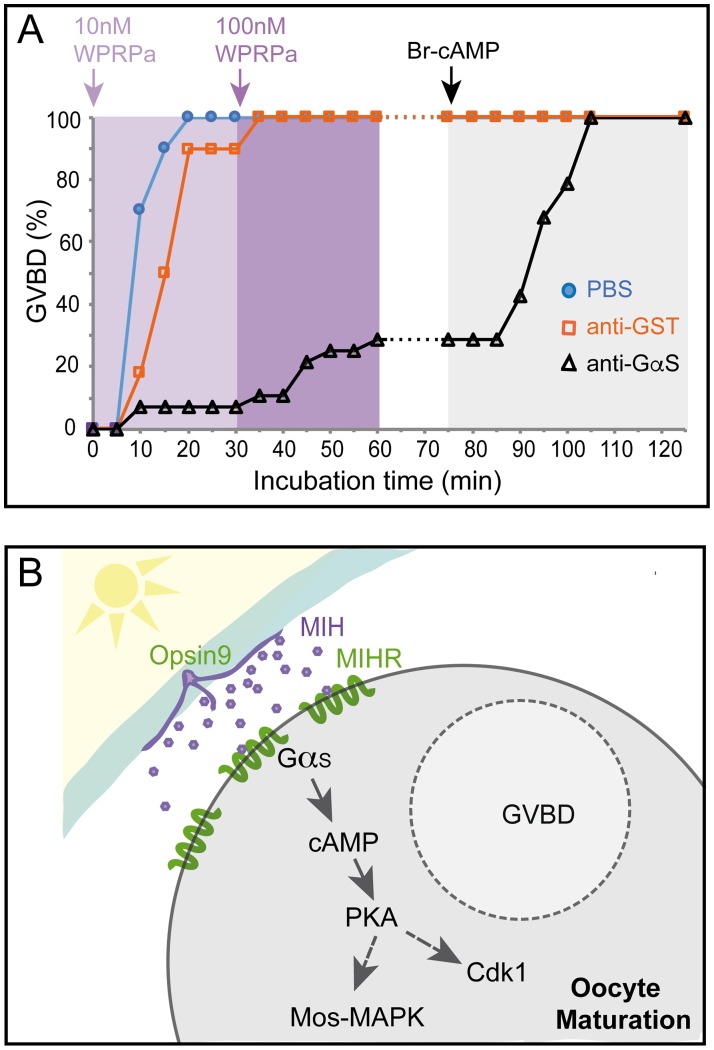Fig 5. Involvement of Gαs in Clytia oocyte maturation.
(A) Results of an antibody inhibition experiment. Maturation response (scored as percent GVBD over time) of isolated oocytes injected with antibodies or buffer, then challenged first with a low dose of MIH (10 nM WPRPamide), then with a higher dose (100 nM WPRPamide), and finally with Br-cAMP to verify maturation competence, as indicated by the colored arrows and background shading. Oocytes injected with PBS (blue circles) or a control anti-GST antibody (orange squares) responded efficiently to MIH, whereas very few oocytes injected with anti-Gαs (black triangles) underwent GVBD after treatment with the low dose of MIH and only 29% following the high dose. The number of oocytes per group in this experiment was 30, 28, and 30, respectively. All of them had undergone GVBD by the end of the experiment. Times from the start of the first incubation are shown on the x-axis. Full datasets from five independent experiments are available in S4 Data. (B) Scheme illustrating the proposed cascade initiating Clytia oocyte maturation initiation. Following light stimulation after a dark period, Opsin9 mediates release of MIH neuropeptides from specialized cells (purple) of the gonad ectoderm (cyan). Activation of the MIHR (green) at the oocyte surface releases GαS to promote an increase in cytoplasmic cAMP, activating PKA. Unknown PKA substrates likely trigger in parallel Cdk1 activation and thus GVBD, and Mos1 synthesis to initiate the MAPK cascade.; Br-cAMP, bromoadenosine 3′,5′-cyclic monophosphate; GST, Glutathione-S-Transferase; GVBD, germinal vesicle breakdown; MIH, maturation-inducing hormone; MIHR, MIH receptor; PKA, protein kinase A.

